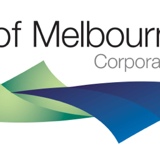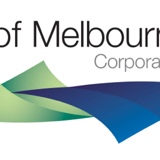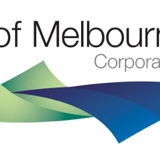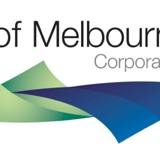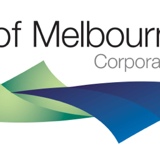Information
-
Document No.
-
Audit Title
-
Client / Site
-
Conducted on
-
Prepared by
More than one auditor?
-
Additional auditors
-
Exclusion zones established and maintained to prevent persons entering lift areas (including exclusion around crane counterweight and slew area)
-
The area around lifting is barricaded (where possible)
-
No lifting equipment appears to be faulty (kinked, knotted, frayed, flat ended FSWR, stretched, worn, twisted, flattened chain, cuts, abrasions, stitching damage, eye damage to synthetic slings, shackles worn greater than 10% in the crown or pin etc)
-
Sharp corners are protected where contact is made with sling/chain/FSWR (packing used, soft slings used for round loads only)
-
All hook latches are operational and close positively against the hook
-
Crane operator and dogman have clear lines of sight
-
Positive/ effective means of communication between crane operator and dogger
-
No person is climbing on or off a moving crane or load
-
Tag lines in use for positioning all loads (lifting gear is not to be used as a tag line)
-
Is any earthmoving equipment being used as a crane?
-
No persons are standing under the load or in the path of a load
-
No load suspended in the air whilst the crane driver leaves the cab
-
A bolt and nut is not being used in place of the correct shackle pin
Additional Questions
-
Do you wish to complete additional questions?
-
Have any cranes had their configuration changed, dismantled, or re-erected?
-
A crane pre-lift assessment checklist (MMS #600-F200-2583) has been completed for every set-up for the crane operator
Lift plans in place for:
-
All lifts over 20t or 85% of chart value
-
All lifts which involve interactions and pedestrians
-
Lifting in the proximity of High Voltage Overhead Lines
-
Lifts where ground support is an issue/concern
-
Lifts involving multiple cranes
-
Loads of over 250 litres of liquids
-
Critical lift study and critical lift permit (MMS # 600-F116-2583) for any lift greater than 85% of the cranes rated capacity or any lift greater than 50 tonnes
-
De-rating criteria for marine mounted cranes has been applied (manufacturer specs) and configuration certified by AMSA
-
Current registration certificate in place?
-
JSEA/ SWMS in place for crane operations including rigging, slinging, lifting and tracking
-
A register of lifting equipment is maintained on site (rigging register)
-
Lift log and/or evaluation completed by the operator
-
Daily inspections/ maintenance logs completed by operator
-
Load charts & operations manual in crane cabin
All synthetic slings are kept in a well-ventilated area away from:
-
The ground or floor
-
Direct sunlight
-
Ultra-violet light
-
Extreme of heat
-
Chemicals
-
Mechanical damage
-
A soft sling is in place for any soft sling use
-
Load indication equipment is fitted to main and auxiliary hoist lines to effectively communicate/warn of a dangerous occurrence (e.g. External rated capacity indicators, audible alarms)
-
A Project Rigging Engineer (PRE) is present for all medium, heavy or critical lifts
-
All rigging work is being carried out by certified riggers only
-
A Competent Person Rigger (CPR) is present to oversee all rigging operations
-
All slings and shackles are clearly marked with their safe work load (SWL) or working load limit (WLL)
-
All rigging equipment inspected and tagged as per the quarterly colour code system (slings, shackles, chain-blocks, Flexible Steel Wire Rope (FSWR) etc.
-
All lifting equipment inspected and tagged as per the quarterly colour code system (slings, shackles, chain-blocks, Flexible Steel Wire Rope (FSWR) etc.)
-
Quarantine controls are in place for the management of faulty or damaged lifting equipment
-
Wind loading has been taken into account (refer to McConnell Dowell wind charts)
-
All chains and slings are removed from the hook whilst travelling (unless securely tied back to the hook)
-
Chain blocks are not used for horizontal lifting/ pulling
-
Outriggers fully extended on timber or other supports (where applicable)
-
Noise mitigation and attenuation measures in place for plant and equipment to limit construction noise (EMP PDS 2)
-
Bunds are in ace for mechanical equipment (fuel-powered) such as generators, pumps and fuel trailers (EMP PDS 9)
-
-
Additional comments?
Action required?
-
Action
-
Allocated to
-
Action due
-
Signed PoMC Representative:
-
Signed Principal Contractor Representative (optional):
